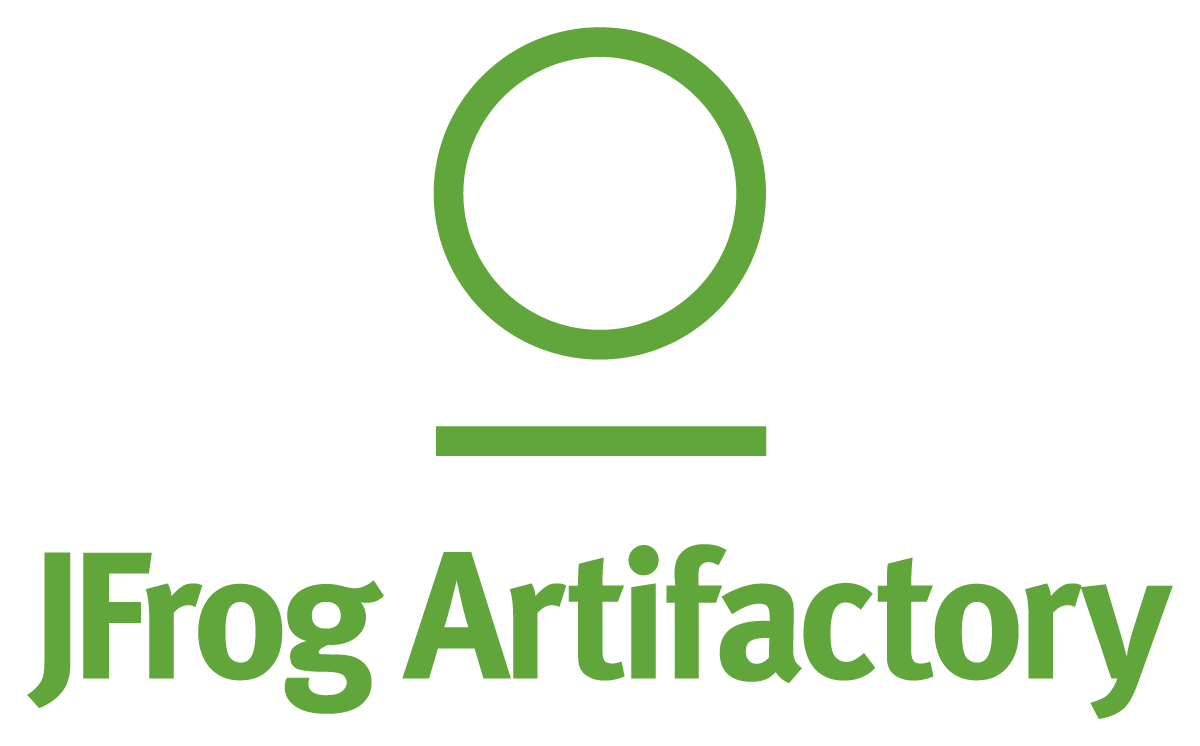A Beginner's Guide to Artifactory
 Cloud Tuned
Cloud Tuned
A Beginner's Guide to Artifactory
Introduction
Artifactory is a universal artifact repository manager developed by JFrog. It serves as a centralized hub for managing software artifacts, such as binaries, dependencies, container images, and other build artifacts. This guide aims to provide an extensive overview of Artifactory, covering its features, installation, configuration, usage, integration, best practices, and troubleshooting.
Features
Artifactory offers a wide range of features, including:
- Universal Repository Manager: Supports various package formats, including Maven, Docker, npm, PyPI, NuGet, and more.
- High Availability: Provides clustering and replication capabilities for high availability and disaster recovery.
- Access Control: Granular access control and permissions management to secure artifacts.
- Metadata Management: Allows attaching metadata to artifacts for improved search and categorization.
- REST API: Comprehensive REST API for automation and integration with CI/CD pipelines.
- Checksum-based Storage: Ensures artifact integrity and efficient storage management.
- Build Integration: Seamlessly integrates with build tools like Jenkins, TeamCity, and Bamboo.
- Enterprise Integrations: Integrates with LDAP, Active Directory, and SAML for user authentication.
- Monitoring and Analytics: Provides insights into artifact usage, storage trends, and performance metrics.
Installation
System Requirements
Before installing Artifactory, ensure your system meets the following requirements:
- Supported Operating Systems: Linux, Windows, macOS
- Java Development Kit (JDK) 8 or later
- Sufficient disk space for artifact storage
Installation Steps
- Download Artifactory: Visit the JFrog Artifactory website and download the appropriate package for your operating system.
- Install Artifactory: Follow the installation instructions provided in the documentation for your specific platform.
- Start Artifactory: Once installed, start the Artifactory service using the provided startup scripts or commands.
- Access Artifactory: Access the Artifactory web interface using a web browser. The default URL is usually
http://localhost:8081/artifactory.
Configuration
Initial Configuration
Upon first access, Artifactory will prompt you to perform initial configuration tasks, including setting up administrative credentials, configuring repository layouts, and defining proxy settings if necessary.
Repository Configuration
Configure repositories to store artifacts of different types. Artifactory supports local, remote, and virtual repositories. Local repositories store artifacts locally, remote repositories proxy remote artifact repositories, and virtual repositories aggregate multiple repositories under a single URL.
Access Control Configuration
Configure access control to restrict access to repositories and actions within Artifactory. Define users, groups, and permissions according to your organization's policies.
Usage
Managing Artifacts
Uploading Artifacts
Use the Artifactory web interface or REST API to upload artifacts to repositories. Artifacts can be uploaded manually or as part of automated build processes.
Downloading Artifacts
Retrieve artifacts from repositories using the Artifactory web interface, command-line interface, or REST API.
Managing Repositories
Creating Repositories
Create repositories to organize and store artifacts based on their type and usage.
Configuring Repository Layouts
Customize repository layouts to define how artifacts are stored and accessed within repositories.
Access Control
Managing Users and Groups
Create user accounts and groups to control access to repositories and actions within Artifactory.
Assigning Permissions
Define permissions for users and groups to specify what actions they can perform within Artifactory, such as read, write, delete, or administer.
Integration
CI/CD Integration
Integrate Artifactory with your CI/CD pipelines to automate artifact management and deployment processes. Use plugins or REST API calls to publish and retrieve artifacts during builds.
IDE Integration
Integrate Artifactory with your Integrated Development Environment (IDE) to resolve dependencies and upload artifacts directly from your development environment.
Best Practices
- Regularly back up Artifactory data to prevent data loss in case of system failures.
- Implement fine-grained access control to secure sensitive artifacts and repositories.
- Monitor storage usage and performance metrics to optimize resource utilization.
- Use checksum-based storage to ensure artifact integrity and prevent duplication.
- Keep Artifactory up to date with the latest patches and security updates.
Troubleshooting
- Refer to the Artifactory documentation and knowledge base for troubleshooting guides and solutions to common issues.
- Monitor system logs and performance metrics to identify and resolve performance bottlenecks.
- Engage with the Artifactory community through forums and support channels for assistance with complex issues.
Conclusion
Artifactory is a powerful artifact repository manager that streamlines the management and distribution of software artifacts. By following best practices and integrating Artifactory into your development and deployment workflows, you can improve productivity, ensure artifact integrity, and streamline collaboration across teams.
Subscribe to my newsletter
Read articles from Cloud Tuned directly inside your inbox. Subscribe to the newsletter, and don't miss out.
Written by
